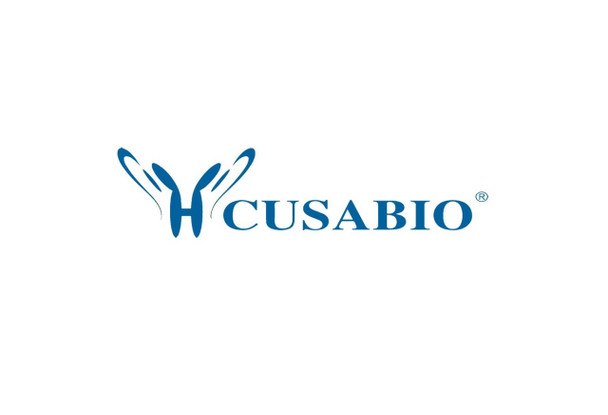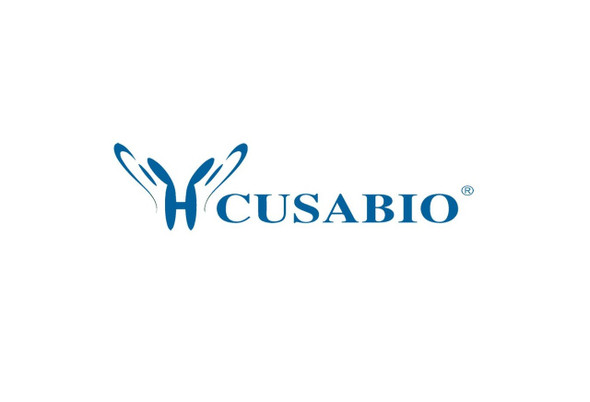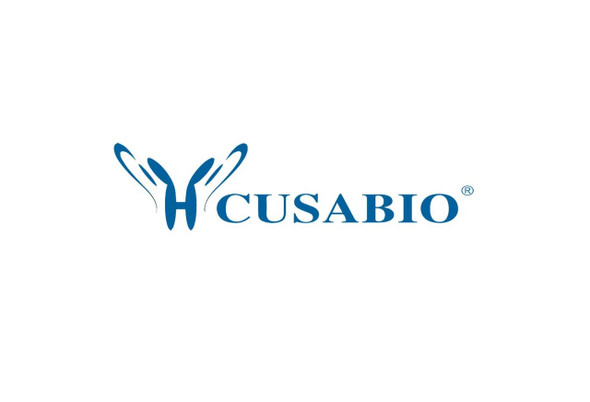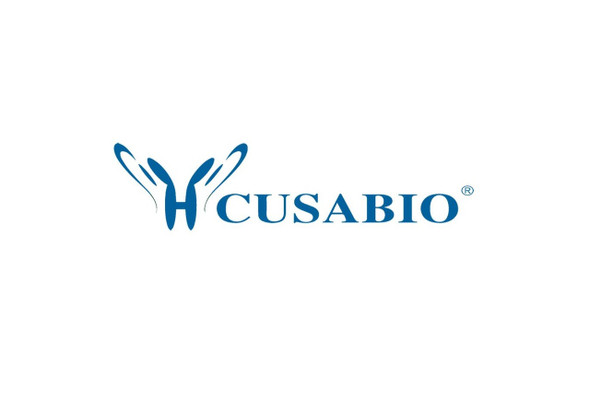Cusabio Human Recombinants
Recombinant Human Interleukin-29 (IL29), partial | CSB-EP811596HU
- SKU:
- CSB-EP811596HU
- Availability:
- 13 - 23 Working Days
Description
Recombinant Human Interleukin-29 (IL29), partial | CSB-EP811596HU | Cusabio
Alternative Name(s): Cytokine Zcyto21Interleukin-29 ;IL-29
Gene Names: IL29
Research Areas: Immunology
Organism: Homo sapiens (Human)
AA Sequence: PVPTSKPTTTGKGCHIGRFKSLSPQELASFKKARDALEESLKLKNWSCSSPVFPGNWDLRLLQVRERPVALEAELALTLKVLEAAAGPALEDVLDQPLHTLHHILSQLQACIQPQPTAGPRPRGRLHHWLHRLQEAPKKESAGCLEASVTFNLFRLLTRDLKYVADGNLCLRTSTHPEST
Source: E.coli
Tag Info: N-terminal 6xHis-SUMO-tagged
Expression Region: 21-200aa
Sequence Info: Partial
MW: 36 kDa
Purity: Greater than 90% as determined by SDS-PAGE.
Relevance: Cytokine with antiviral, antitumour and immunomodulatory activities. Plays a critical role in the antiviral host defense, predominantly in the epithelial tissues. Acts as a ligand for the heterodimeric class II cytokine receptor composed of IL10RB and IFNLR1, and receptor engagent leads to the activation of the JAK/STAT signaling pathway resulting in the expression of IFN-stimulated genes (ISG), which mediate the antiviral state. Has a restricted receptor distribution and therefore restricted targets: is primarily active in epithelial cells and this cell type-selective action is because of the epithelial cell-specific expression of its receptor IFNLR1. Exerts an immunomodulatory effect by up-regulating MHC class I antigen expression.
Reference: IL-28, IL-29 and their class II cytokine receptor IL-28R.Sheppard P., Kindsvogel W., Xu W., Henderson K., Schlutsmeyer S., Whitmore T.E., Kuestner R., Garrigues U., Birks C., Roraback J., Ostrander C., Dong D., Shin J., Presnell S., Fox B., Haldeman B., Cooper E., Taft D. , Gilbert T., Grant F.J., Tackett M., Krivan W., McKnight G., Clegg C., Foster D., Klucher K.M.Nat. Immunol. 4:63-68(2003)
Storage: The shelf life is related to many factors, storage state, buffer ingredients, storage temperature and the stability of the protein itself. Generally, the shelf life of liquid form is 6 months at -20?/-80?. The shelf life of lyophilized form is 12 months at -20?/-80?.
Notes: Repeated freezing and thawing is not recommended. Store working aliquots at 4? for up to one week.
Function: Cytokine with antiviral, antitumour and immunomodulatory activities. Plays a critical role in the antiviral host defense, predominantly in the epithelial tissues. Acts as a ligand for the heterodimeric class II cytokine receptor composed of IL10RB and IFNLR1, and receptor engagement leads to the activation of the JAK/STAT signaling pathway resulting in the expression of IFN-stimulated genes (ISG), which mediate the antiviral state. Has a restricted receptor distribution and therefore restricted targets
Involvement in disease:
Subcellular Location: Secreted
Protein Families: Lambda interferon family
Tissue Specificity:
Paythway: Jak-STATsignalingpathway
Form: Liquid or Lyophilized powder
Buffer: If the delivery form is liquid, the default storage buffer is Tris/PBS-based buffer, 5%-50% glycerol. If the delivery form is lyophilized powder, the buffer before lyophilization is Tris/PBS-based buffer, 6% Trehalose, pH 8.0.
Reconstitution: We recommend that this vial be briefly centrifuged prior to opening to bring the contents to the bottom. Please reconstitute protein in deionized sterile water to a concentration of 0.1-1.0 mg/mL.We recommend to add 5-50% of glycerol (final concentration) and aliquot for long-term storage at -20?/-80?. Our default final concentration of glycerol is 50%. Customers could use it as reference.
Uniprot ID: Q8IU54
HGNC Database Link: HGNC
UniGene Database Link: UniGene
KEGG Database Link: KEGG
STRING Database Link: STRING
OMIM Database Link: OMIM










